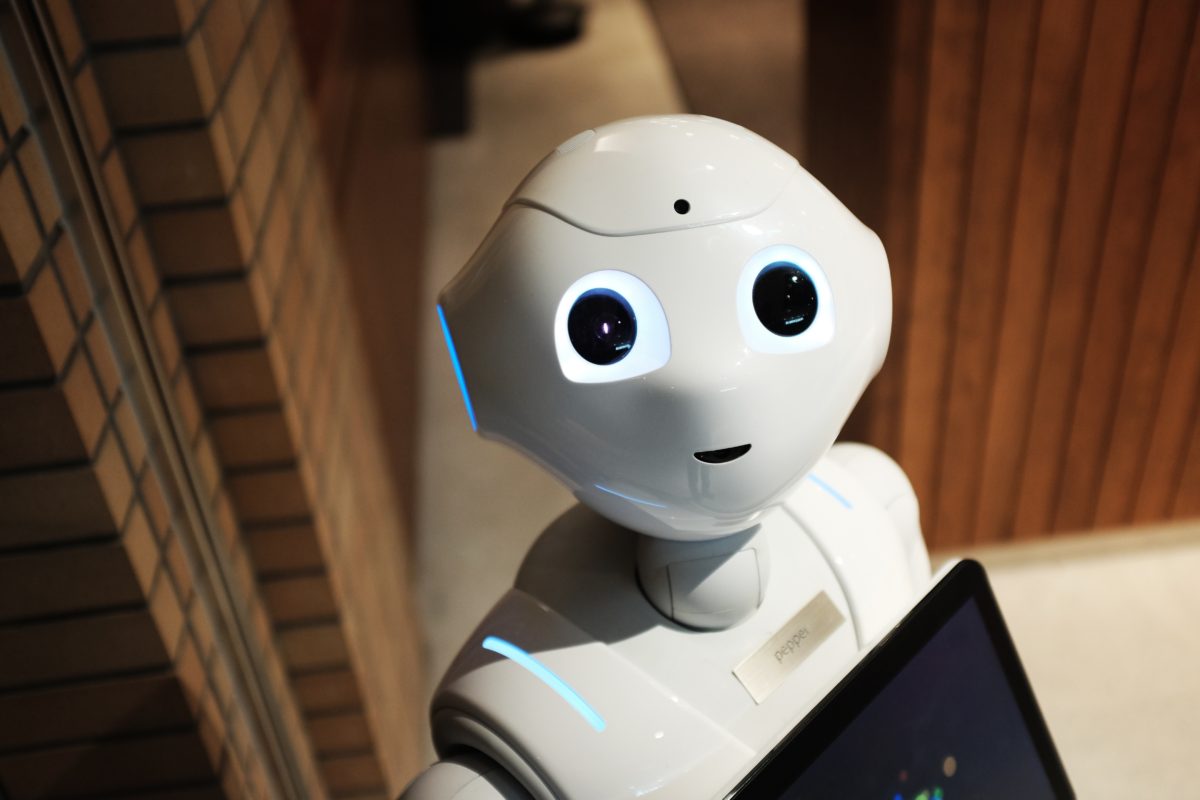Over the years, the influence of technology has increased substantially within almost every industry. Within the recruitment industry, LinkedIn has been an enormous game changer.
History
Recruitment is “the process of finding and hiring the best-qualified candidate for a job opening” (BusinessDictionary.com, 2017). Throughout history the way people were recruited changed: from word-of-mouth in the beginning to newspaper advertisements and posters around the 1800s. Agencies only started mediating between professionals and employers in 1940. Fifty years later, in 2004, recruitment went online and job boards appeared.
Technology has already had a big influence in a short amount of time in these past few years, however, one of the major disruptions happened when LinkedIn entered the market.
LinkedIn started as a social network designed to connect professionals and allow them to use these connections to reach personal business goals. It later evolved into a mediated platform with three customer segments. Using the Eisenmann model (Eisenmann, Parker, & van Alstyne, 2008) this results in the following parties:
- Professionals and companies.
- This side is subsidised with free accounts and the option to choose a premium account to increase recruitment chances.
- Recruiters
- This is the demand side as they pay for access to the Talent Solutions or for premium recruiting products.
The platform provider is LinkedIn. They govern the interactions within the two-sided market and maintains the platform. The platform sponsor is, since 2016, Microsoft (Lunden, 2016).
The key to LinkedIn’s success lies in its network effects: the more people are in the network, the more valuable the network is to all participants. This means there are positive same-side network effects when more professionals join. Cross-side network effects cause recruiters and advertisers to benefit too.
LinkedIn also increased the efficiency, transparency, digital searchability and available online data of resumes (even of those not currently looking for a job), enabling recruiters to find a perfect match much quicker than before (LinkedIn Talent Solutions, 2016). The result is that recruiting through social networking websites is experienced as more cost effective than traditional forms of hiring (Miryala, 2015). Companies have recorded decreases of costs by more than 90% when recruiting via LinkedIn (Hull, 2017).
LinkedIn could not be a game changer without having a relevant size. Today, the platform has over 500 million users (Darrow, 2017). On the recruiter’s side of the industry, Jobvite (2011) shows that 87% of the employers use LinkedIn for social recruiting because of the more efficient matching thanks to big data analytics and more reliable resumes because of public transparency.
Future
The opinions are divided on what the future holds for this industry. Some believe machine learning can take over, others believe humans will always be needed. Eisenmann (2008) predicts that LinkedIn will become interoperable and start licensing to other recruitment firms and start sponsorships with, for example, Facebook and Google.
http://https://www.youtube.com/watch?v=jHgWRT1TJY0&feature=youtu.be
References
Alstyne, Parker and Choudary. (2016). Pipelines, Platforms, and the New Rules of Strategy. Harvard Business Review April 2016.
Balogh, G. (2017). iPhone X – A touch of life. [online] I.ytimg.com. Available at: https://i.ytimg.com/vi/aI5b0iRoIys/maxresdefault.jpg [Accessed 6 Oct. 2017].
Bersin, J. (2017). Forbes Welcome. [online] Forbes.com. Available at: https://www.forbes.com/sites/joshbersin/2012/02/12/linkedin-is-disrupting-the-corporate-recruiting-market/#65f52926462f [Accessed 6 Oct. 2017].
BusinessDictionary.com. (2017). What is recruitment?. [online] Available at: http://www.businessdictionary.com/definition/recruitment.html [Accessed 28 Sep. 2017].
BusinessModel.Guru (2016). LinkedIn Business Model Canvas Case Study. [online] YouTube. Available at: https://www.youtube.com/watch?v=kATI72tpknI [Accessed 6 Oct. 2017].
Darrow, B. (2017). LinkedIn Claims Half a Billion Users. [online] Fortune. Available at: http://fortune.com/2017/04/24/linkedin-users/ [Accessed 5 Oct. 2017].
Eisenmann, T., Parker, G. and Van Alstyne, M. (2008). Opening Platforms: How, When and Why?. SSRN Electronic Journal.
Hull, J. (2017). 50% reduction on recruitment costs: how social media became my best friend. [online] Hrmagazine.co.uk. Available at: http://www.hrmagazine.co.uk/article-details/50-reduction-on-recruitment-costs-how-social-media-became-my-best-friend [Accessed 28 Sep. 2017].
Jobvite. (2011). Jobvite Index Shows Hiring Patterns in LinkedIn, Facebook and Twitter – Jobvite. [online] Available at: https://www.jobvite.com/jobvite-news-and-reports/jobvite-index-shows-hiring-patterns-in-linkedin-facebook-twitter/ [Accessed 28 Sep. 2017].
LinkedIn (2017). A Brief History of LinkedIn. [online] Ourstory.linkedin.com. Available at: https://ourstory.linkedin.com/ [Accessed 6 Oct. 2017].
LinkedIn Talent Solutions (2016). The role of HR has evolved. Meet the 21st century HR Leader. [online] YouTube. Available at: https://www.youtube.com/watch?v=ukmC6F0JvQw [Accessed 6 Oct. 2017].
Miryala, D. (2015). Trends, Challenges & Innovations in Management. 1st ed. Zenon Academic Publishing, 2013, p.55.
Singlepoint (2017). Vodafone Facebook image. [online] Singlepoint.ie. Available at: http://www.singlepoint.ie/singlepoint2/wp-content/uploads/2017/01/vodafone_fb_image.jpg [Accessed 6 Oct. 2017]
Traynor, D. (2012). Surviving & Thriving in Two-Sided Markets – Inside Intercom. [online] Inside Intercom. Available at: https://blog.intercom.com/surviving-thriving-in-two-sided-markets/ [Accessed 22 Sep. 2017].



